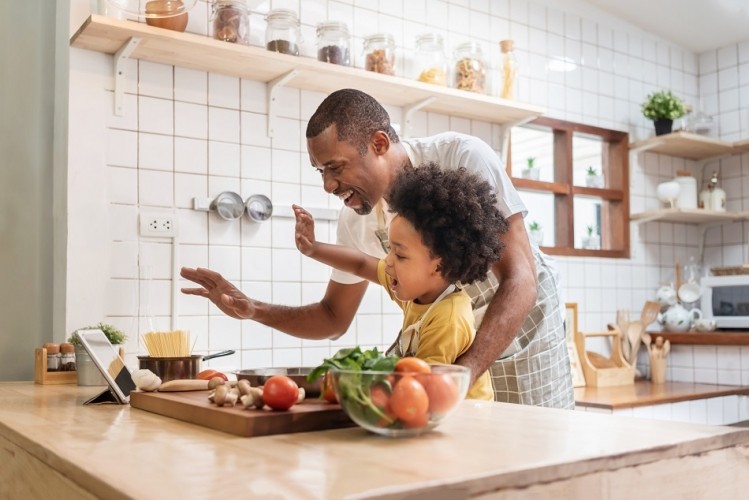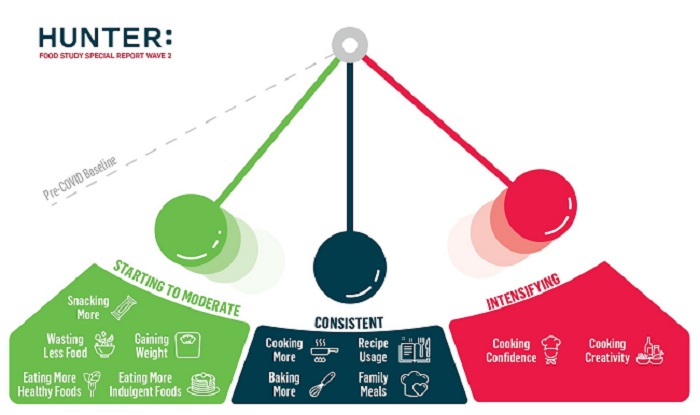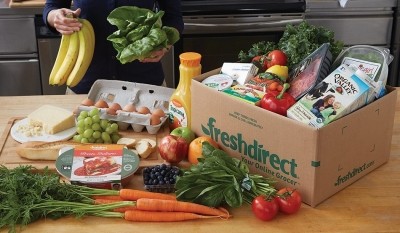Survey: Americans committed to maintaining cooking habits in post-pandemic world

"The study results gave us some interesting data to consider as we enter into a new year and endeavor to predict how it will unfold," said Heddy DeMaria, chief insights officer at HUNTER.
"As restrictions from the pandemic remain in place, it's inspiring to see how resilient Americans have become. They continue to channel their energies into the kitchen, adopting habits that bring joy, spark creativity and strengthen family bonds. As we eagerly look forward to a post-COVID era, the data suggests these new habits will stick around and become part of our new normal."
Findings from HUNTER Food Study Special Report Wave Two: America Keeps on Cooking – a follow-up to part 1 of its research fielded in April 2020 during the “first wave” of consumer pandemic behaviors – were based on an online survey of 1,032 US adults between the ages of 18- to 73-years-old and evenly split between males and females fielded on Dec. 7, 2020.
Increased confidence and creativity in the kitchen
Results from Hunter’s Wave Two survey found that Americans are continuing to cook more (51%) and bake more (41%) than they did at the same time last year, and the majority (71%) of those surveyed intend to keep up these cooking habits after the pandemic ends – a 20% increase from when respondents were asked the same question in April 2020.
Respondents cited saving money (67%), eating healthier (56%), and feeling good (56%) as primary motivations for continuing their home cooking habits.
Additionally, 50% of surveyed consumers said they feel more confident in their cooking abilities and 25% said the forced circumstances of the pandemic have driven them to pick up new skills in the kitchen and that they feel more creative when it comes to preparing meals.
According to the survey, 47% of respondents report branching out to try new ingredients, brands and products (52%), and many continue to rediscover old favorites (24% ingredients, 16% brands and products).
Cooking fatigue?
Despite anecdotal evidence of pandemic cooking fatigue and baking burnout, Wave Two of the HUNTER Food Study Special Report demonstrates that these activities remain a source of joy for consumers as 81% of survey respondents said that they find enjoyment in cooking (an 8% increase from its April 2020 findings).
The added benefit of cooking more at home is that it brings families together, according to the survey, which revealed that 45% of consumers report eating together more as a family, the number increasing to 55% among households with kids.
Food waste, indulgent eating
Not all pandemic-induced consumer behaviors appear to be enduring trends, however, according to HUNTER.
While 42% Americans report wasting less food than they did pre-COVID-19, this number has dropped 16% since April 2020, which HUNTER speculates is a natural consumer response to the decreased threat of food shortages.
Indulgent eating appears to be on the rise compared to a pre-pandemic world, according to survey results. While one-third of respondents claim to be eating more healthy foods, roughly the same amount report to be eating more indulgent foods as compared to the same time last year (December 2019).
More than half (56%) of survey respondents report that their health/indulgent food consumption is similar to pre-COVID levels (a 14% increase since April 2020), suggesting that some consumption behaviors are moderating back to pre-COVID times.
Takeout and delivery
HUNTER’s survey also showed that consumers still want their restaurant/eating-out fix as 40% report ordering more takeout and delivery in December 2020 versus the same time last year while 20% are doing so less resulting in a net increase of 20%.
“With the restaurant industry facing perhaps its most challenging year ever, it may be heartening to learn that takeout and delivery orders are up significantly when compared to the onset of the pandemic,” said HUNTER.











